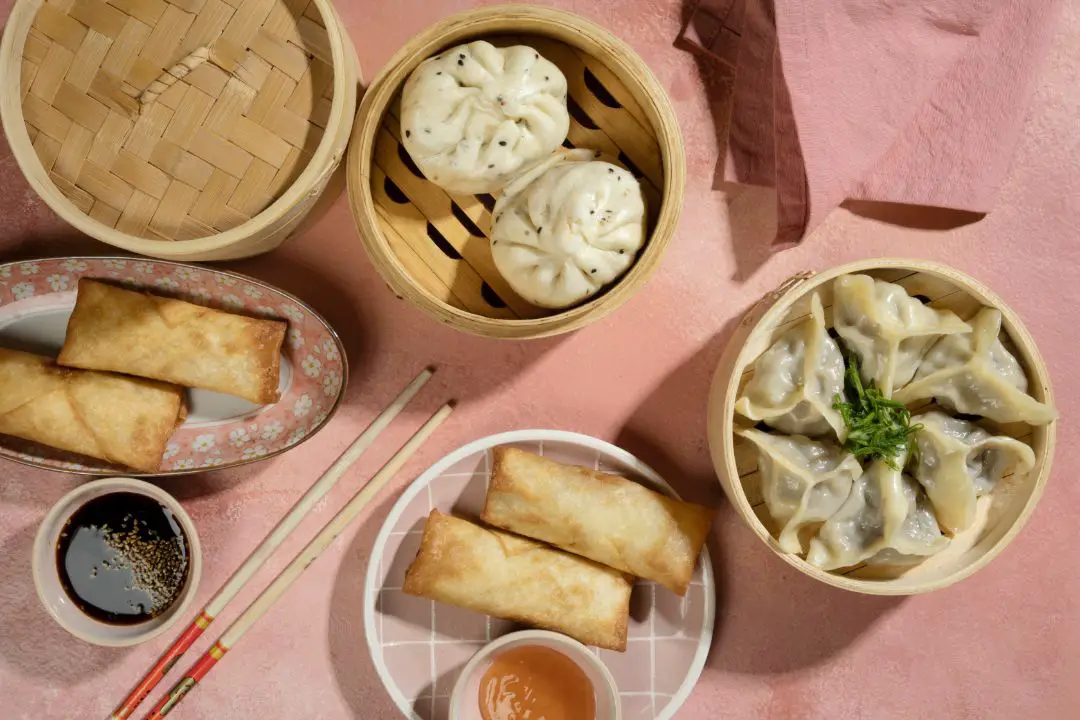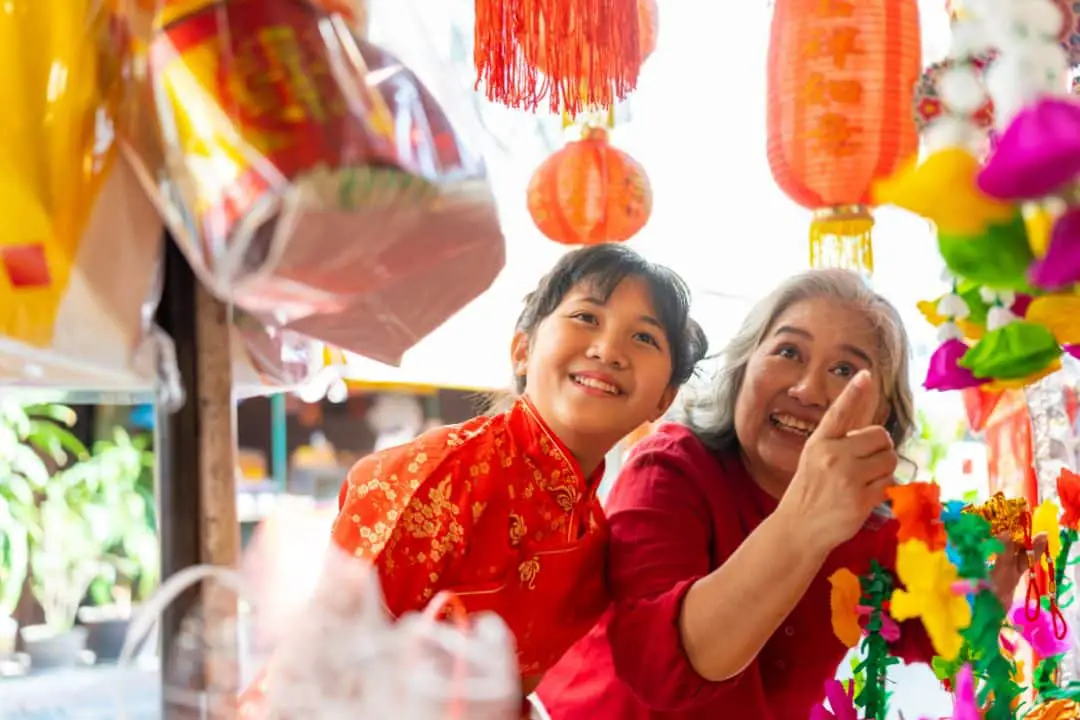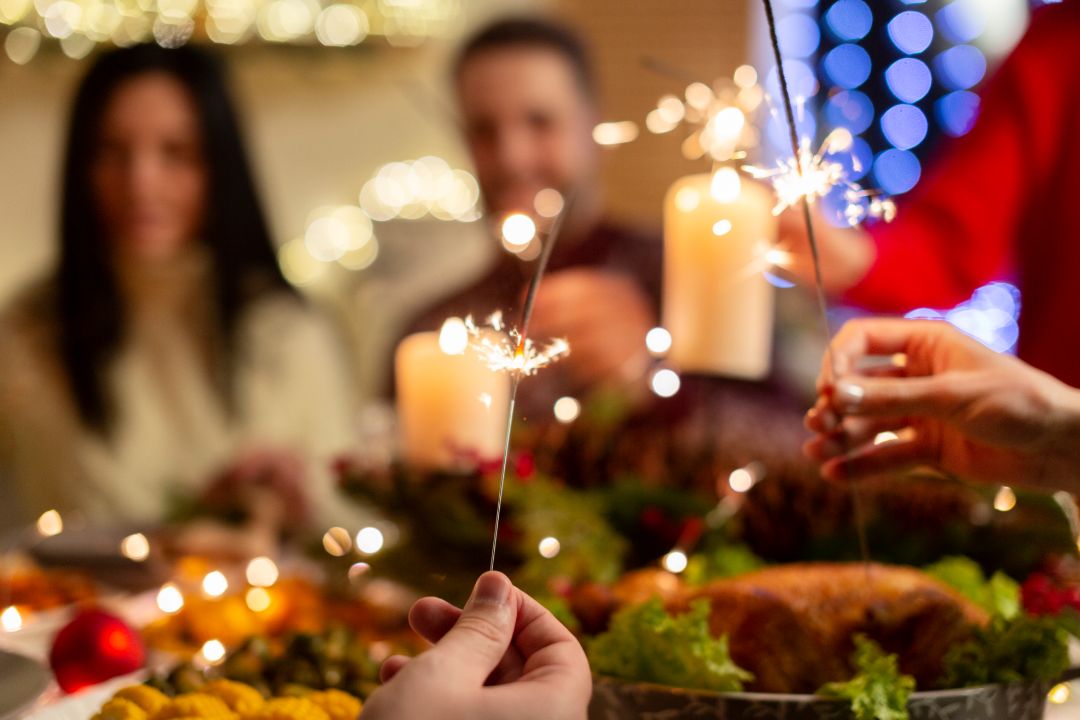The aroma of dumplings, sizzling stir-fries, and sweet rice cakes fills the air as families gather to celebrate. Chinese New Year, or Lunar New Year, is one of the most important festivals in Chinese culture and a culinary extravaganza that showcases centuries of tradition. For travelers and food enthusiasts alike, this is the ultimate guide to experiencing the delicious world of Chinese New Year cuisine!
A Celebration of Renewal and Togetherness
Chinese New Year marks the beginning of the lunar calendar, a time to start fresh and reunite with loved ones. Families gather around the dinner table to welcome prosperity, health, and happiness for the coming year. Food takes center stage, not just to satisfy hunger, but as a symbol of wishes and blessings.
From north to south, you’ll find regional specialties steeped in symbolism—every dish tells a story, making this vibrant celebration a feast for the palette and soul.
Traditional Foods and Their Symbolism

Each Chinese New Year dish carries a unique meaning tied to luck, prosperity, and family unity. Here are a few highlights you’ll encounter during the festive season.
Dumplings – Wealth
Shaped like ancient Chinese gold ingots, dumplings symbolize wealth and prosperity. Families often make these together as a gesture of unity. A hidden coin in one dumpling promises extra luck!
Spring Rolls – Gold Bars
Golden, crispy spring rolls are said to resemble gold bars, representing wealth and good fortune. Their savory filling makes them an irresistible snack.
Fish – Surplus
Fish is a must-have dish for abundance and prosperity. The Chinese word for fish, “yú” (鱼), sounds like “surplus,” indicating a year of plenty. It’s often served whole for completeness.
Glutinous Rice Cake – Growth
“Nián gāo” (rice cake) signifies growth and progress. Its sticky texture represents family cohesion, while its sweetness adds joy to the occasion.
Longevity Noodles – Long Life
Slurp your way to a long life! These extra-long noodles represent longevity. Don’t cut them—they’re meant to be eaten whole to preserve the blessing.
Oranges and Tangerines – Good Luck
These fruits are all about happiness and wealth. Their round shape and golden color bring auspicious energy to the festivities.
Regional Variations in Chinese New Year Cuisine
China’s vast landscape means culinary traditions differ dramatically from region to region. Here’s a quick overview of distinctive flavors across major culinary regions.
Northern China
Signature Dish: Dumplings and Peking Duck
Expect bold flavors with wheat-based dishes like dumplings and hand-pulled noodles. The crispy-skinned, juicy Peking Duck is another festive highlight.
Eastern China
Signature Dish: Braised Pork Belly (“Hong Shao Rou”)
Known for its sweet and savory dishes, Eastern China features caramelized delights like braised pork belly and rich seafood dishes.
Southern China
Signature Dish: Cantonese Roast Meats
The Cantonese region loves fresh, light flavors emphasizing steamed seafood and dim sum. Roast meats like char siu and roast goose steal the show.
Western China
Signature Dish: Spicy Hot Pot
Spicy and numbing flavors dominate the cuisine of Sichuan and the western regions. Hot pot brimming with various meats and vegetables is a communal feast.
Central China
Signature Dish: Sweet Dumplings (“Tang Yuan”)
Home to Hunan and Jiangxi cuisines, this region dances between spicy, sour, and sweet flavors. Sweet glutinous rice balls (“Tang Yuan”) are essential for dessert.
Where to Find the Best Chinese New Year Feasts
If you’re a traveler dreaming of indulging in authentic Chinese New Year cuisine, here’s where to head.
Top Destinations in China
- Beijing: Renowned for traditional dumplings and imperial feasts in restaurants like Da Dong Roast Duck.
- Guangzhou: Known for Cantonese-style banquets and endless dim sum options. Try Lin Heung Tea House for a rustic experience.
- Chengdu: Perfect for spicy food lovers. Enjoy authentic hot pot at Shu Jiu Xiang.
International Hotspots
- San Francisco Chinatown: Known for its rich Lunar New Year parade and authentic Cantonese dishes.
- Singapore’s Chinatown: A bustling haven for holiday street markets and traditional feasts.
- London Chinatown: The festival transforms Gerrard Street into a haven of vibrant food stalls and Chinese restaurants.
Bring the Feast Home with These Tips
Can’t travel? No worries—you can recreate the magic of Chinese New Year cuisine at home!
Recipe Suggestions
- Classic Dumplings: Mix pork, ginger, and cabbage, fold into dumpling wrappers, and steam perfectly.
- Longevity Noodles: Toss noodles in a simple soy-based sauce with scallions and mushrooms.
- Sweet Rice Cake: Steam glutinous rice flour with sugar for a gooey, festive treat.
Tips for Success
- Stock Up Early. Ingredients like sesame seeds, soy sauce, and glutinous rice will sell out quickly.
- Cook with Family: Preparing food together mirrors the festive spirit of unity.
- Decorate Your Space: Red decorations and lanterns add authenticity to your celebration.
Cultural Insights into Chinese New Year Dining
Chinese New Year meals are more than just food—they are cultural traditions that connect generations. Meals begin with an elder’s toast; everyone is expected to take at least one bite of each dish for good luck.
The concept of shared dishes is also significant. Large platters promote sharing and togetherness, encouraging storytelling and bonding among family members.
Fun Fact
Did you know it’s considered bad luck to flip a fish over while eating? Instead, remove the bones carefully to avoid “capsizing” your fortunes!
Celebrate Connection Through Cuisine
Food is the heart of Chinese New Year, a powerful symbol of unity, prosperity, and joy. Whether you’re exploring street markets in Chengdu, dining in Singapore’s bustling Chinatown, or hosting a feast at home, these culinary traditions are bound to create unforgettable memories.
Are you curious to learn more or ready to create your own Chinese New Year feast? Keep exploring, experimenting, and, most importantly, sharing your culinary adventures with loved ones. Food is, after all, the ultimate celebration of togetherness.




